Your Journey to a Healthier Life Starts Here
Free Insurance Verification
Verify Your Treatment Coverage
Verify Your Treatment Coverage
Explore a comprehensive guide to 11 inpatient, 15 outpatient, and 3 detox centers across Oklahoma. Compare costs, reviews, and treatment options to find the perfect rehab facility for your needs.

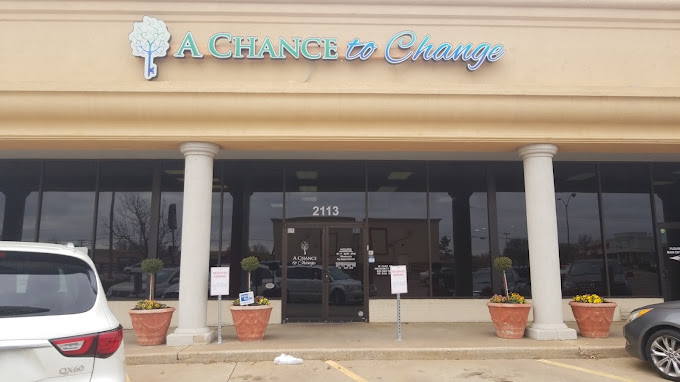 | A Chance to ChangeA Chance To Change, located at 2113 W Britton Rd, Oklahoma City, OK 73120, specializes in providing comprehensive addiction recovery services for individuals seeking support in overcoming substance use disorders. The program offers a variety of services, including outpatient treatment, counseling, and support groups, all aimed at fostering sustainable recovery and personal growth. With a commitment to individualized care and evidence-based practices, A Chance To Change empowers clients to reclaim their lives and achieve lasting sobriety. Explore the transformative resources available and take the important step toward a healthier, substance-free future. 2113 W Britton Rd, Oklahoma City, OK 73120 | Levels of Care:outpatient Payment Options:Private Insurance Self-Pay Options | ||
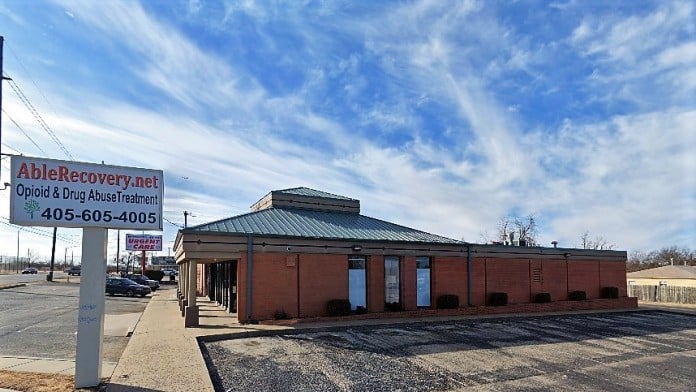 | Able RecoveryAble Recovery, located at 4901 South Pennsylvania Avenue, Oklahoma City, OK 73119, is dedicated to offering comprehensive addiction treatment services for individuals seeking to overcome substance use disorders. The facility provides a range of programs, including detoxification, outpatient therapy, and personalized recovery plans, all designed to support clients on their journey to sobriety. With a focus on compassionate care and evidence-based practices, Able Recovery aims to empower individuals to achieve lasting recovery and enhance their overall quality of life. Discover the supportive resources available at Able Recovery and take the crucial step towards a healthier, substance-free existence. 4901 South Pennsylvania Avenue, Oklahoma City, OK 73119 | Levels of Care:Detoxoutpatient Payment Options:Private Insurance Self-Pay Options Medicare Medicaid | ||
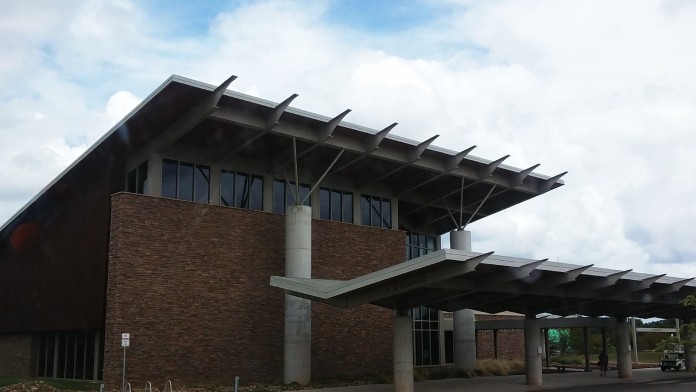 | Absentee Shawnee Behavioral HealthAbsentee Shawnee Behavioral Health, located at 15951 Little Axe Drive, Norman, OK 73026, provides essential mental health and addiction services to individuals and families in the community. The facility offers a range of programs, including counseling, substance abuse treatment, and behavioral health support, all designed to promote recovery and well-being. With a focus on culturally responsive care and evidence-based practices, Absentee Shawnee Behavioral Health aims to empower clients to achieve their mental health goals and enhance their quality of life. Explore the valuable resources available and take the first step towards improved mental wellness. 15951 Little Axe Dr, Norman, OK 73026 | Levels of Care:outpatient Payment Options:Self-Pay Options Financial Aid Medicaid Medicare Private insurance | ||
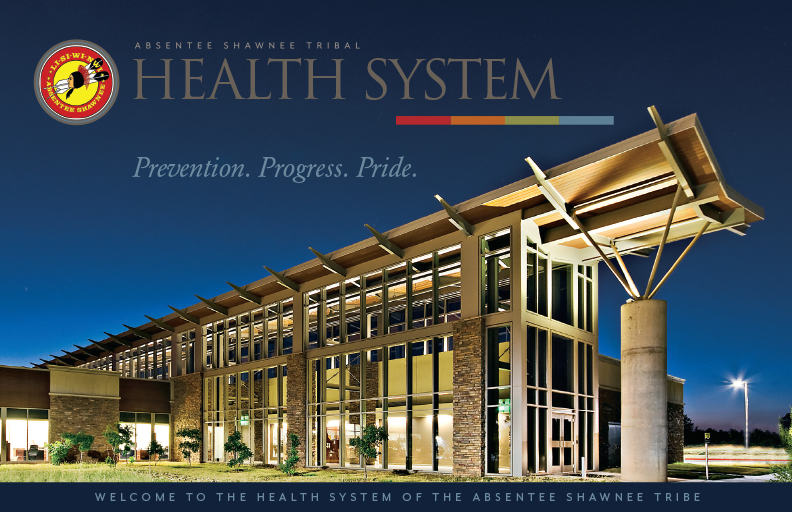 | Absentee Shawnee Tribe Shawnee ClinicAbsentee Shawnee Tribe Shawnee Clinic, located at 2029 S Gordon Cooper Dr, Shawnee, OK 74801, provides a wide range of health services to the community, focusing on both physical and mental well-being. This clinic offers primary care, behavioral health services, substance abuse treatment, and preventive care, all aimed at supporting the health needs of individuals and families. With a commitment to culturally competent care, the Absentee Shawnee Tribe Shawnee Clinic strives to empower clients to lead healthier lives and improve their overall quality of care. Discover the comprehensive services available at the clinic and take the important step toward better health. 2029 S Gordon Cooper Dr, Shawnee, OK 74801 | Levels of Care:outpatient Payment Options:Private Insurance Self-Pay Options | ||
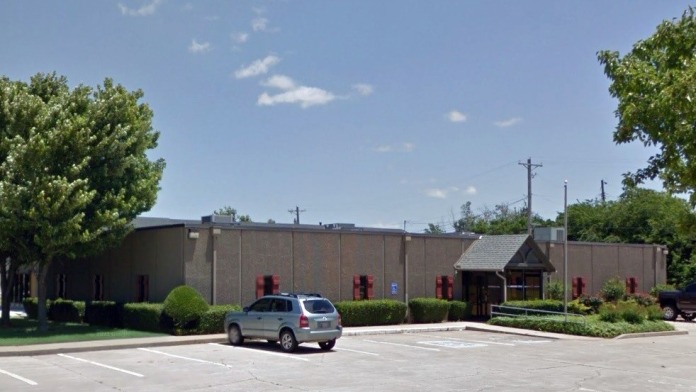 | Affinity Counseling ServicesAffinity Counseling Services, located at 11032 Quail Creek Road, Suite 265, Oklahoma City, OK 73120, offers professional counseling and mental health services tailored to meet the needs of individuals, couples, and families. The practice specializes in a variety of therapeutic approaches, including individual therapy, couples counseling, and group therapy, all aimed at promoting emotional well-being and personal growth. With a team of compassionate and experienced counselors, Affinity Counseling Services is dedicated to helping clients navigate life’s challenges and achieve their mental health goals. Discover the supportive environment at Affinity Counseling and take the first step toward a healthier, more fulfilling life. 11032 Quail Creek Road, Suite 265, Oklahoma City, OK 73120 | Levels of Care:outpatient Payment Options:Medicaid Self-Pay Options | ||
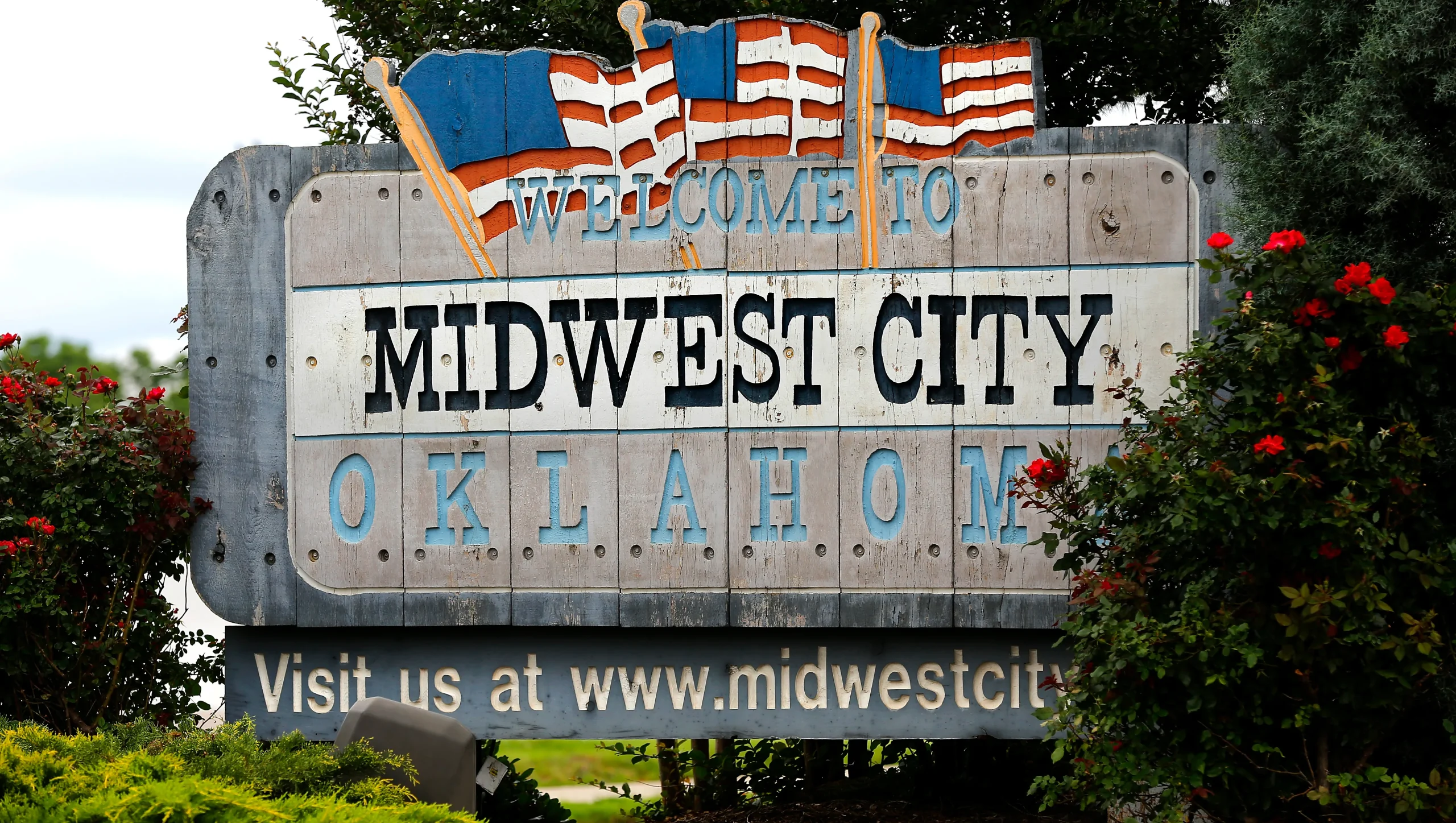 | Alcohol Training and EducationAlcohol Training and Education, located at 1200 S. Air Depot, Midwest City, OK 73110, specializes in providing educational programs and resources focused on alcohol awareness and substance abuse prevention. The organization offers a variety of workshops, training sessions, and support resources designed to educate individuals and communities about the effects of alcohol and promote responsible drinking habits. With a commitment to fostering a safer environment, Alcohol Training and Education aims to empower participants with knowledge and skills to make informed choices. Explore the impactful programs available and join the effort to reduce alcohol-related issues in the community. 1200 S. Air Depot, Midwest City, OK 73110 | Levels of Care:outpatient Payment Options:Private Insurance Self-Pay Options | ||
Alcohol Training and EducationAlcohol Training and Education | Payment Options:Self-pay options | |||
Alcohol Training and EducationAlcohol Training and Education | Payment Options:Self-pay options | |||
Alcohol Training and EducationAlcohol Training and Education | ||||
Alcoholic Counseling UCAPAlcoholic Counseling UCAP | ||||
Alpha IIAlpha II | Payment Options:Medicaid | |||
Anderson and Associates CounselingAnderson and Associates Counseling | ||||
Arbuckle Life SolutionsArbuckle Life Solutions | Payment Options:Private insurance | |||
Ardmore Chickasaw Health ClinicArdmore Chickasaw Health Clinic | Payment Options:Medicaid | |||
Area Youth ShelterArea Youth Shelter | Payment Options:Medicaid | |||
Associated Therapeutic ServicesAssociated Therapeutic Services | Payment Options:Medicaid | |||
Aurora Counseling ServicesAurora Counseling Services | Payment Options:Medicaid | |||
Avalon Correctional Services - Carver Transitional CenterAvalon Correctional Services - Carver Transitional Center | Payment Options:Self-pay options | |||
Bartlesville Rightway MedicalBartlesville Rightway Medical | Payment Options:Self-pay options | |||
Bearden StanBearden Stan |
Find Oklahoma drug rehabs in cities near you or sort by letter.
Calls to any general helpline will be answered or returned by one of the treatment providers listed, each of which is a paid advertiser:
Our helpline is available 24 hours a day, 7 days a week at no cost to you and with no obligation for you to enter into treatment. We are committed to providing support and guidance whenever you need it.
In some cases, Addiction Helpline America charges our verified partner a modest cost per call. This fee helps us cover the costs of building and maintaining our website, ensuring that we can continue to offer this valuable service to those in need.